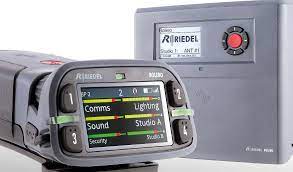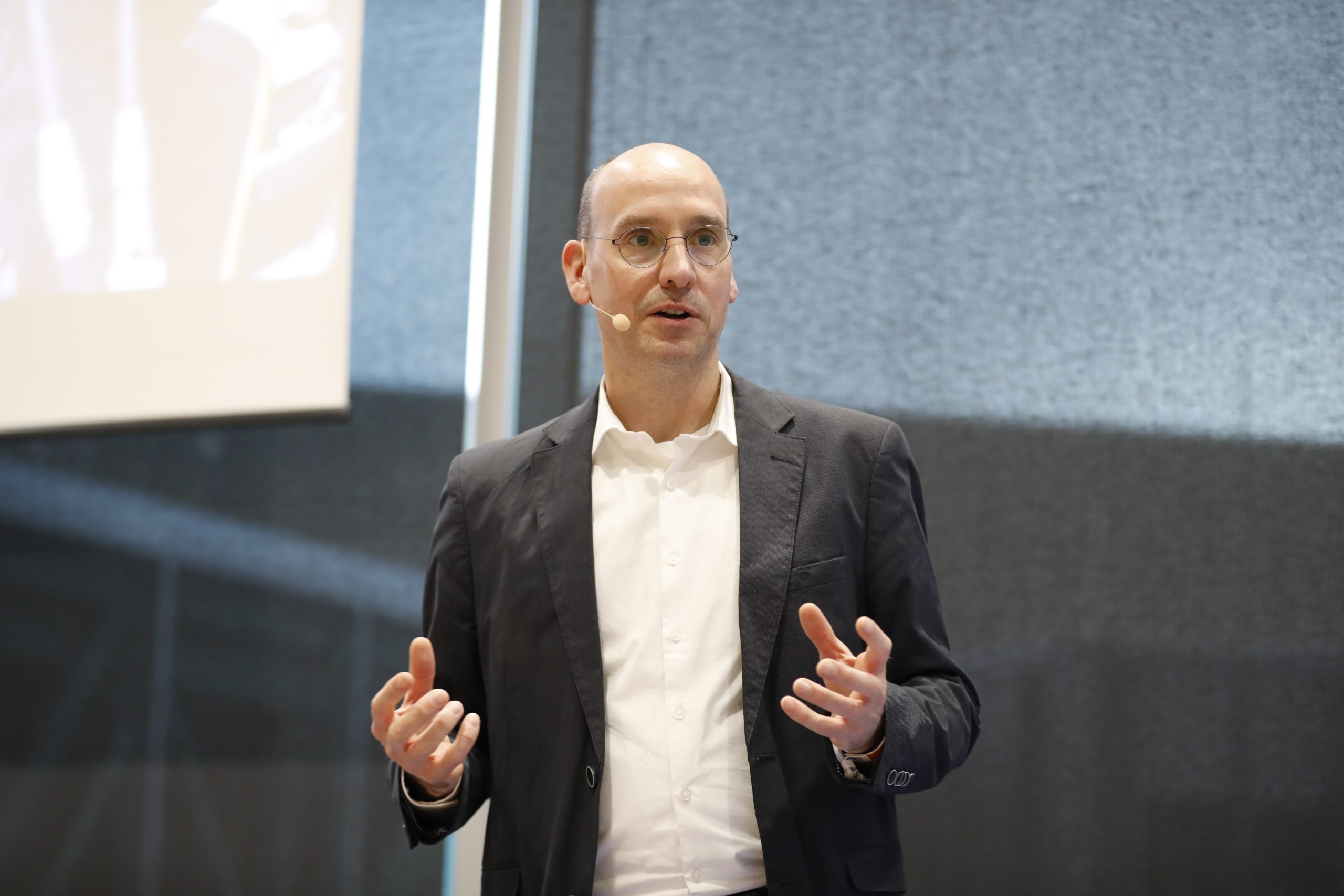Thomas Riedel on How SailGP, Racing Events Allow Riedel Innovation To Thrive
Sailing adds seawater tolerance to developing RF infrastructure, audio gear
Story Highlights
Racing events, whether on land, sea, or air, provide Riedel Communications with fertile ground for innovation and next-generation technology. According to Riedel Communications CEO Thomas Riedel, the company’s involvement with organizations like F1, Sail Grand Prix, and Red Bull Sky Racing demonstrates how they technologically push and pull each other.
“All of them want RF over distance, small cameras, and good communications,” he notes. “And we’ve been right on top of all of those things.”
Riedel Communications has provided the RF infrastructure for the entire 2021-22 season of Sail Grand Prix. The wireless backbone connects the competing boats, support boats, referee boats, camera boats, spectator boats, the camera in the helicopter, all of the competitors and officials, and more.
“All those elements are on one network as SailGP basically relies on nodes within an RF network [that is similar to our MediorNet, which are nodes on a fiber network],” he says.
Getting all the gear ready to handle seawater was a challenge, but the company mastered the steep learning curve.
“We found a solution for that as well as handling water runoff, which sounds like a small thing but is very significant here,” Riedel points out. “With the Bolero system, the crew talks to each other, and, with the push of a button, they can do an interview, or we can listen to the conversation on the boat.”
The network is also bidirectional, allowing camera pan, tilt, and zoom, for example, to be controlled from Timeline’s UK facility where the production team is located.

Riedel has worked hard to ensure Bolero beltpacks and mics can withstand the elements in a SailGP race.
The sailors and others wear waterproof Bolero wireless audio-communications packages, and, because everyone is using one system to communicate with each other, TV interviews, conversations between crews and officials, and more are easier than ever.
“With everything in one system, they make sure it’s on and the microphone is in the right position because, otherwise, they can’t communicate with their colleagues,” says Riedel. “And we still allow the crew to have private communications.”
With any racing event, data is increasingly an important part of not only the TV production but also the officiating, performance review, improvements to cars, boats, and planes, and more.
“All of the data coming in for the referees, judging, time-keeping, and such are topics that continue to evolve as a business,” Riedel says. “Data is now part of the officiating, explaining the sport via graphics, and automating the production.”
For example, he explains, when data enables precise location of a boat, car, or athlete, it is possible to tie that data to cameras and even microphones and create more opportunities for automated production.
“If I know the position of an object precisely,” he says, “I can steer a camera toward it. That is something we see for the future more and more, and it’s one reason we are investing in sensors for use for underwater, temperature, and heartbeat. All those elements play a role.”
Innovation, however, begins with an organization looking to use technology in new ways, and Riedel credits SailGP for being open-minded and focused on not just covering the event but creating a 360-degree experience for the fans.
“They understand that a race director is as big a part of the production as the TV director or the sailors on the boat,” he says. “If you create that understanding, everything comes together like a Swiss watch with all the little gears going into each other. At the end, you get a nice result.”

